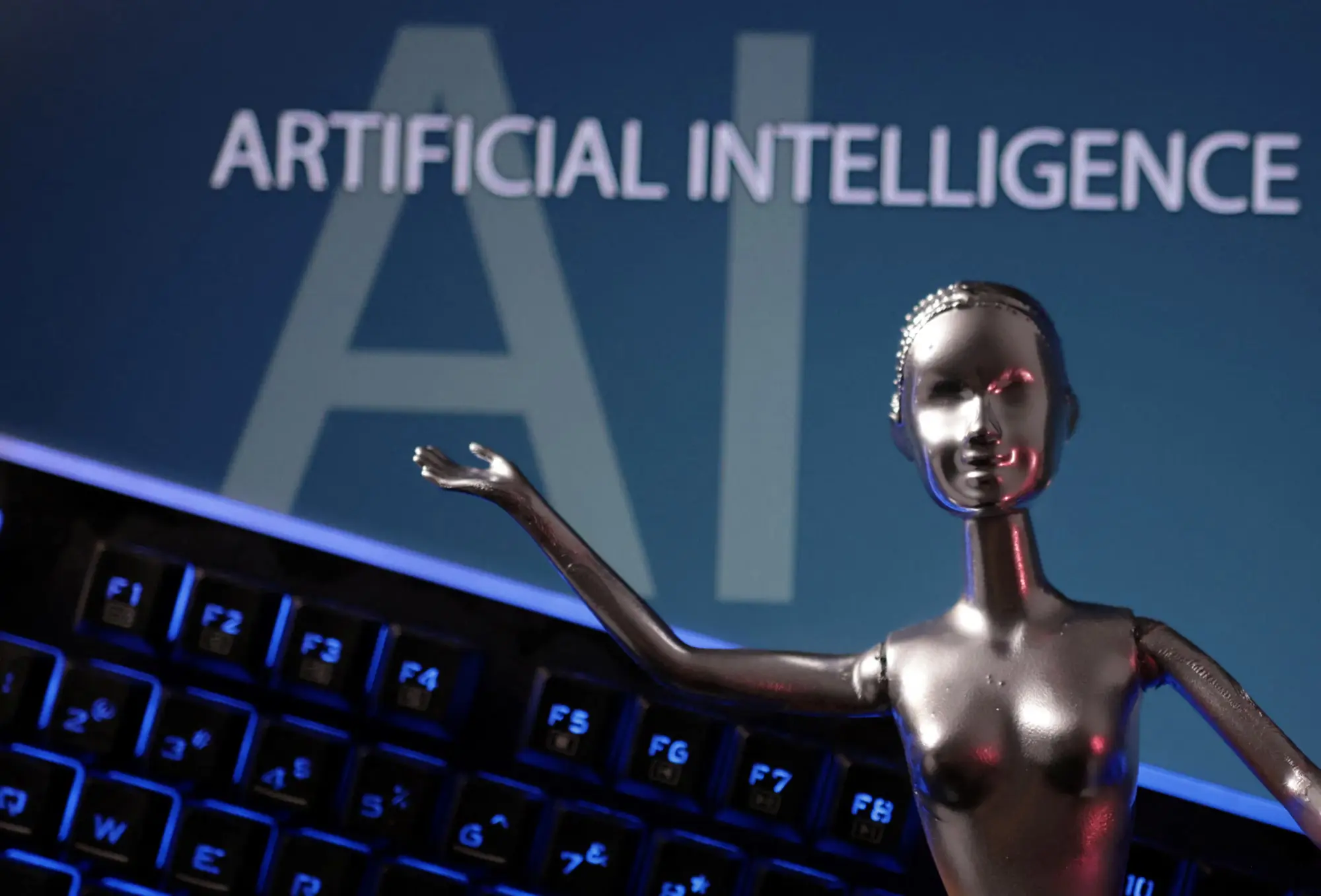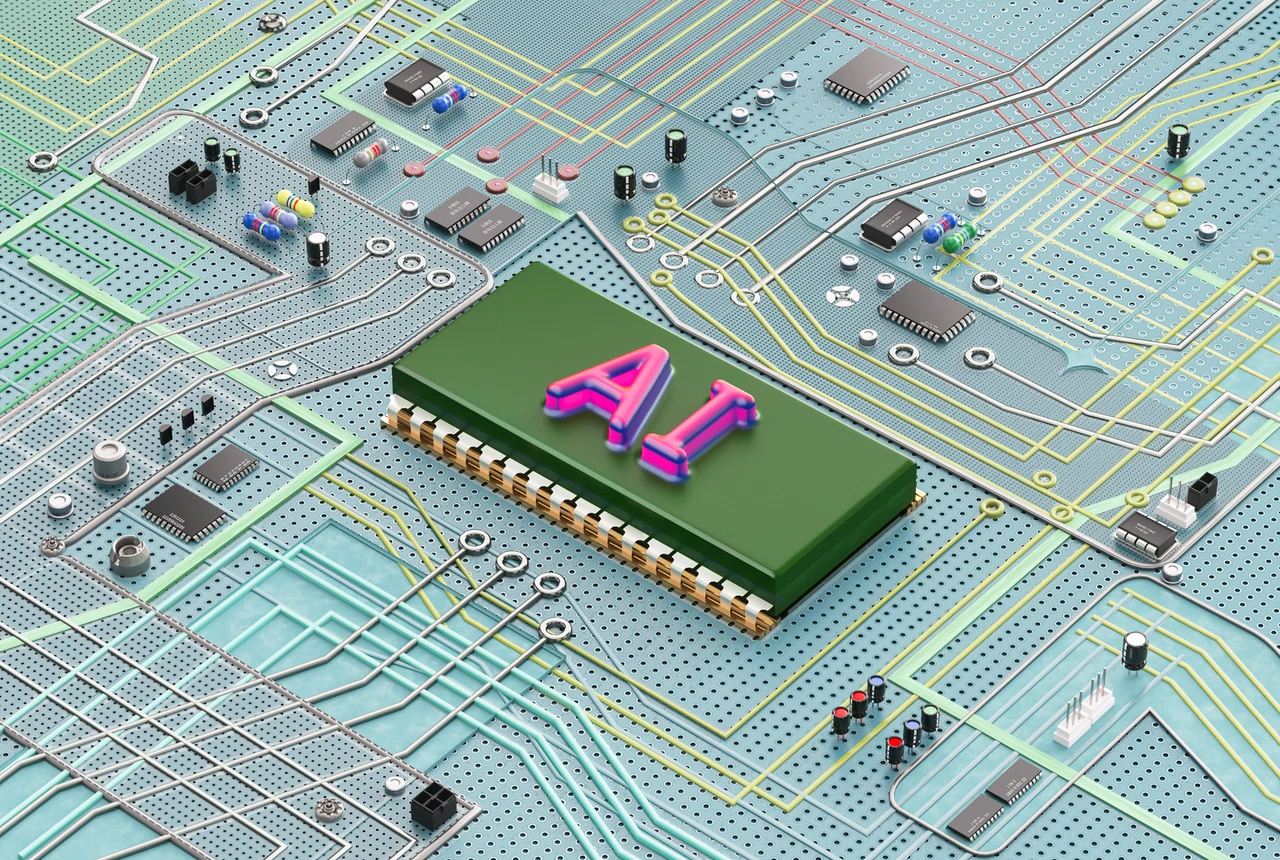AI Threat Detection in Cybersecurity 2025
AI is transforming cybersecurity by providing faster, more accurate threat detection and response. Learn how it's reshaping defenses in 2025.
AI-Powered Threat Detection: Enhancing Cybersecurity in 2025
The rise of artificial intelligence in cybersecurity is not just a trend—it’s becoming a necessity. As organizations grapple with increasingly sophisticated threats, AI-powered tools are providing a powerful edge in threat detection, analysis, and incident response.
AI and Machine Learning in Cybersecurity
AI systems in 2025 are capable of learning from vast datasets, recognizing patterns, and predicting future attacks. Unlike traditional systems that rely on known signatures, AI can detect anomalies and zero-day exploits, making defenses more proactive than reactive.
Real-Time Threat Identification
With AI, threat detection is faster and more accurate. By analyzing network traffic, user behavior, and system logs in real time, AI tools can:
Spot unusual activity instantly
Isolate suspicious files or users
Alert teams with prioritized, actionable insights
Automated Incident Response
Modern AI platforms go beyond detection. Many now include automated response features, such as:
Quarantining infected devices
Blocking malicious IPs
Patching vulnerabilities autonomously
This reduces the time between detection and resolution—minimizing damage.
Integration with SIEM and SOAR
AI is increasingly integrated into Security Information and Event Management (SIEM) and Security Orchestration, Automation, and Response (SOAR) platforms. This integration enhances threat correlation, speeds up triage, and supports better decision-making.
Use Cases Across Industries
Healthcare: Identifying ransomware threats to medical systems
Finance: Detecting fraudulent transactions and insider threats
Retail: Preventing data breaches during high-volume shopping periods
Government: Protecting critical infrastructure and classified data
Challenges and Ethical Concerns
Despite its benefits, AI in cybersecurity is not without challenges:
False positives can still occur
Bias in algorithms may affect accuracy
Adversarial AI can be used by attackers to deceive models
Ensuring transparency, fairness, and security in AI models is crucial.
Future Outlook
By 2025 and beyond, AI will likely:
Evolve into predictive security systems
Be a key player in cyber defense automation
Combine with quantum computing for advanced cryptography
Organizations that harness AI will not only improve defense but also reduce costs and enhance resilience.
















